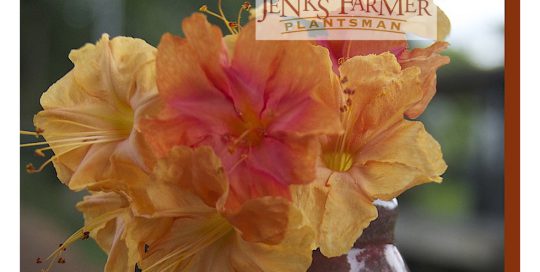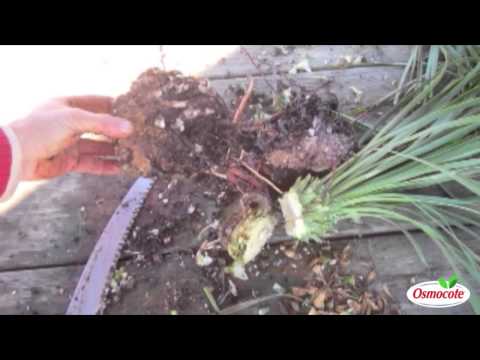Mix Up Gardens with Matrix Planting
Views: 6860

My coworker, nursery manager, and propagator, Madison Turnblad, is in Holland reliving spring. With temperatures reaching the upper 80s in much of South Carolina, I admit to a bit of jealousy. This is the height of bulb season over there, which has always meant blankets of sometimes outrageous colors all in uniform masses. Matrix planting is especially beautiful.
Matrix Planting
To tell you the truth, that never excited me much. What DOES excite me is the kind of plantsmanship I read about recently, and which I’ve been practicing most of my gardening career.
Jasper Van der Zon, the young new curator of Keukenhof Gardens near Amsterdam, plants things all mixed up. Bucking a 60-year tradition at one of the most famous and beautiful gardens in the world, he has managed to plant different colors of bulbs and plants in the same plots, AND he’s still employed!
Matrix Planting was the 1990s moniker for this style of planting. A trial-balloon-name for something that really doesnt need a name at all. I’ll bet most of you do it. I especially love perennial borders planted all mixed up. Rather than a clump of Phlox here and an eruption of Canna there, let things lean on each other, weave in and out; support each other with contrasting colors and foliage.
One way to achieve this is to divide plants and stick little bits of them among others. I have a new border just coming into its own now, and I think it is looking good now.
Late April Garden Checklist
Find holes in the border where bulbs are going dormant. Mix in annuals like Cleome, Basil and zinnia (even green pepper and eggplant) right into the border.
Round up empty pots and get them ready for new summer plants.
Seed a few annual into the garden. Marigolds, cosmos or, one of my favorites for late summer, Amaranth (I like Red Hopi). All of this makes the matrix and ties everything together.
I also do some perennial pruning now, although it freaks out some people. Cut back emerging stems of Mums, Asters and Helianthus to keep those big floppy things from mixing it up TOO much.
Looking Good Now
Arundo donax Peppermint Stick (Variegated Giant Reed) Plant this beauty in wet, wet soil. (We have some in pots submerged in the pond). It doesnt lose its variegate in summer and grows in one season to an impressive 4 feet or more from a quart-size plant. It flowers in late October, but is beautiful for six months.
Phlox Pilosa Eco Happy Traveler (Prairie Phlox) is not always easy to keep alive. Ive killed it in quantity! I pulled up a few rooted bits 15 years ago to get my start. This semi-evergreen groundcover does well in light shade or full sun your work with fragrant rose/purple flowers from spring to early fall.
Eupatorium Capillifolium (Dog fennel) can be invasive and noxious, has a distinctive foul odor when crushed or bruised, and usually is categorized as a weed. AND, I love it. In a border or in a meadow, this herbaceous plant blooms white in mid summer on stems that can get 6 feet tall or more. It attracts bees, butterflies and birds reason enough to have it in your garden.
Allium Ampeloprasum (Elephant Garlic) is classified by USDA as a broadleaf, wild leek. Its large bulbs can weight a pound or more. In its second season produces a showy 3-4 spherical cluster of purple, pink or white flowers on 12-18 log scapes. This is a regal plant that adds real pizzazz to any border.
In other gardens this week, I also have enjoyed:
Amsonia Hubrectii (Arkansas Blue Star) with his pale blue haze. This one takes a few years to settle in, and then wont go away!
Aquilegia Canadensis (Columbine) can be difficult in Zone 8. Stick with the slim-flowered native and let it go to seed.
Verbena sp, if you panted them last year are in full color. My colleague, Ethan Kauffman says, their sharp purple flowers combine beautifully with Dichromenia (White Top Sedge).
Meet Jenks Farmer
Jenks's Recent Posts

Beans: A Nurse Crop for Perennials








